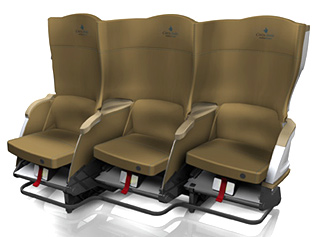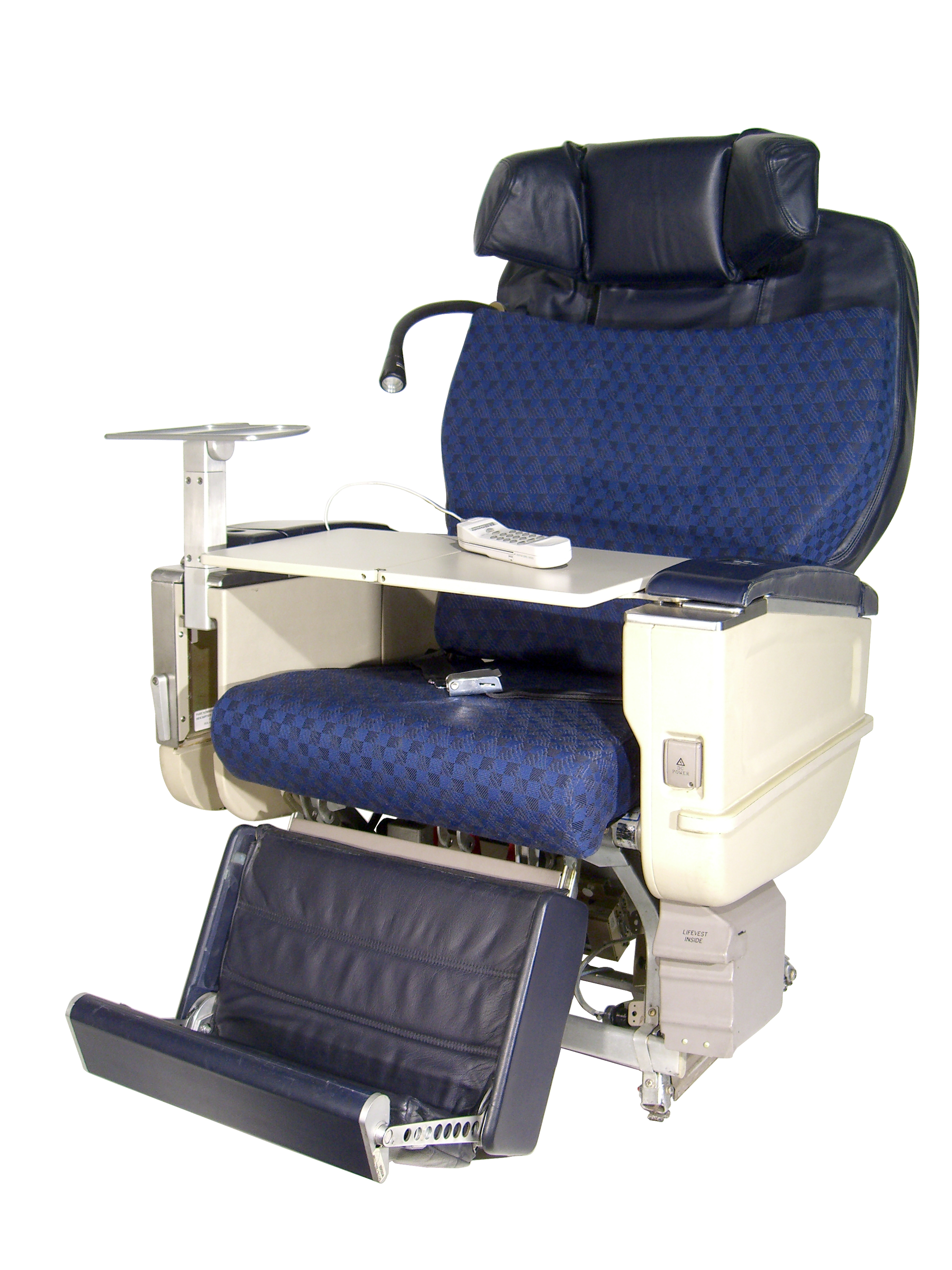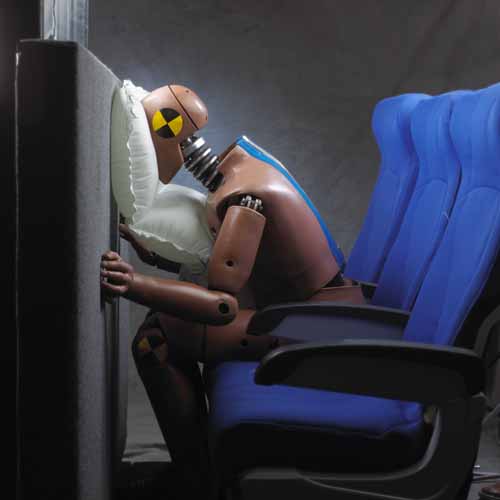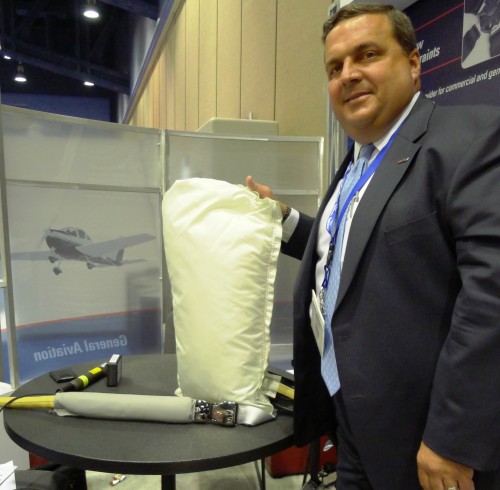Each Friday on msnbc.com’s Overhead Bin I tackle a reader’s question. This week the topic was:
Is your airplane seat assignment sacred?
That’s what Dennis Palkoner wanted to know.
Palkoner and his wife are both elite frequent fliers and often receive first-class upgrades for their flights.
Lucky them, right? The only problem: often the upgraded seats are not together.
Palkoner said that when this happens his strategy is to “politely ask the person in the seat next to our upgraded seat if they will switch seats so my wife and I can sit together.”
He said this works “100% of the time” but wants to know: First class or not, “Do airlines mind if I change seats with another passenger?
“I can’t speak for all airlines,” said Heather Poole, a long-time flight attendant and author of “Cruising Attitude” (due out March, 2012). “But at mine it is OK for passengers to swap seats in the same cabin they purchased their ticket in.”
Sara Keagle, a flight attendant who blogs at The FlyingPinto.com, said the same policy exists at the airline she works for. “My airline does charge for premium seats such as exit rows and bulkheads, so as long as [an economy cabin passenger] doesn’t choose those seats, it’s fine.”
Passengers within the premium zones can trade amongst themselves, said Keagle. “And we do let passengers trade seats from coach to first class, but that is done on the ground and there is no switching back once the door closes for departure.”
How — or why — would someone swap a first-class seat for one in coach? “Sometimes one person in a couple will get an upgrade but they’ll want to sit together, so they will offer their seat in first class to their neighbor in coach,” said Keagle.
“We want our customers to have a safe and comfortable travel experience, so changing seats or moving to an empty seat within the customer’s respective cabin is fine,” said Delta Air Lines spokesperson Anthony Black. “But it is always a good idea to ask the flight attendants if it’s OK to move and the best — and safest — time to do so.”
When swapping or moving to an open seat, there are some things to keep in mind.
Another passenger may have purchased two seats to insure that no one is seated next to them. “Smaller planes may have weight and balance issues, and there are certain requirements passengers must meet in order to sit in an exit row,” said Poole.
Even Southwest Airlines, well-known for its open-seating policy, has given seat-swapping some thought.
“Our policy allows customers to choose seats that fulfill their personal preferences,” said Southwest spokesperson Michelle Agnew. “But it’s not uncommon for our flight attendants to ask customers if they are willing to switch seats to accommodate a family who would like to sit together.”
Agnew says customers are usually very accommodating and flexible in those situations. Perhaps it’s because flight attendants often thank those customers “with a complimentary adult beverage if they are of age.”

 Like Santa’s sleigh, airplanes will be flying full this holiday season. So don’t expect there to be a lot of extra room for your long legs and your overstuffed carry-on bags.
Like Santa’s sleigh, airplanes will be flying full this holiday season. So don’t expect there to be a lot of extra room for your long legs and your overstuffed carry-on bags.


